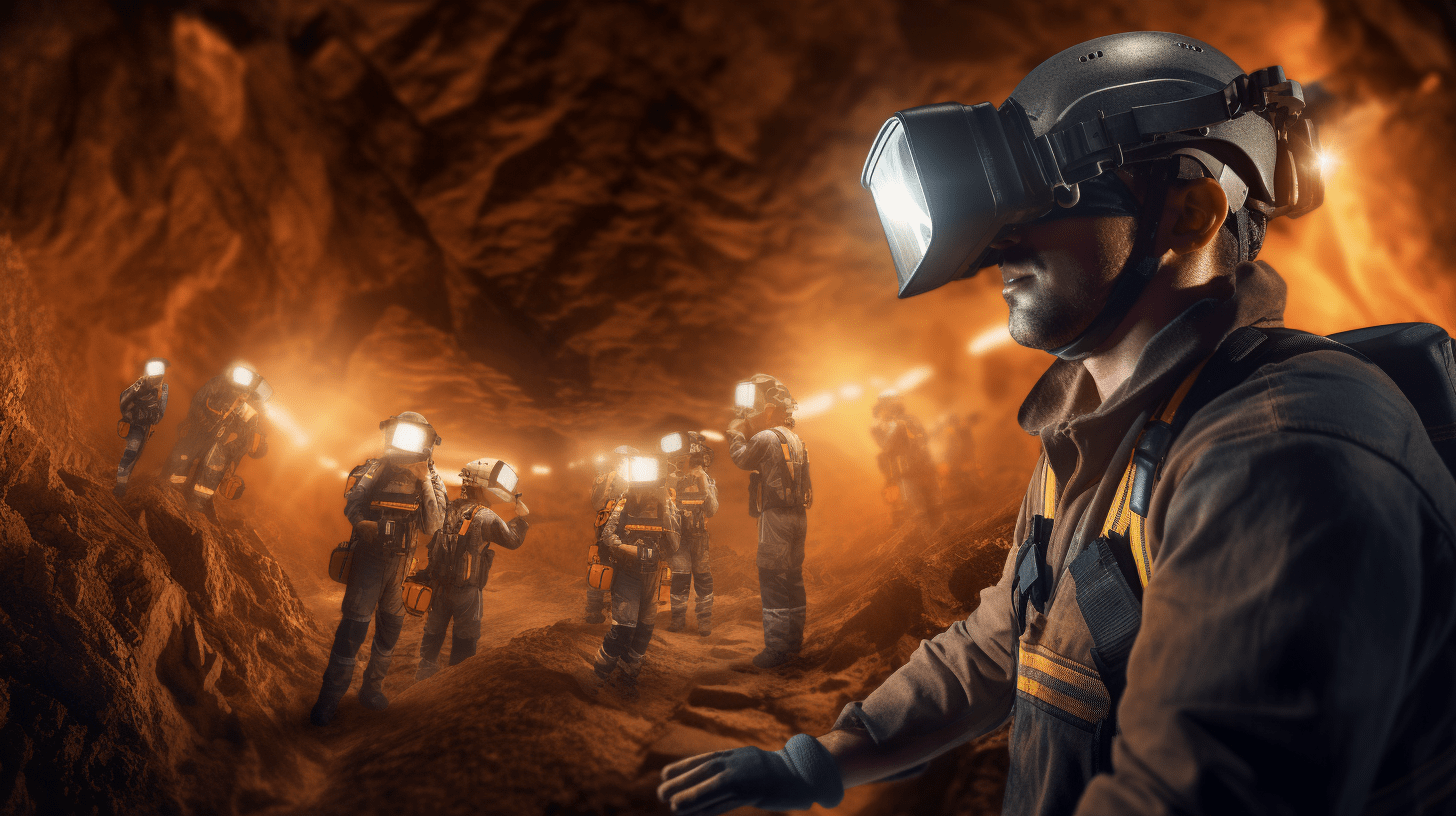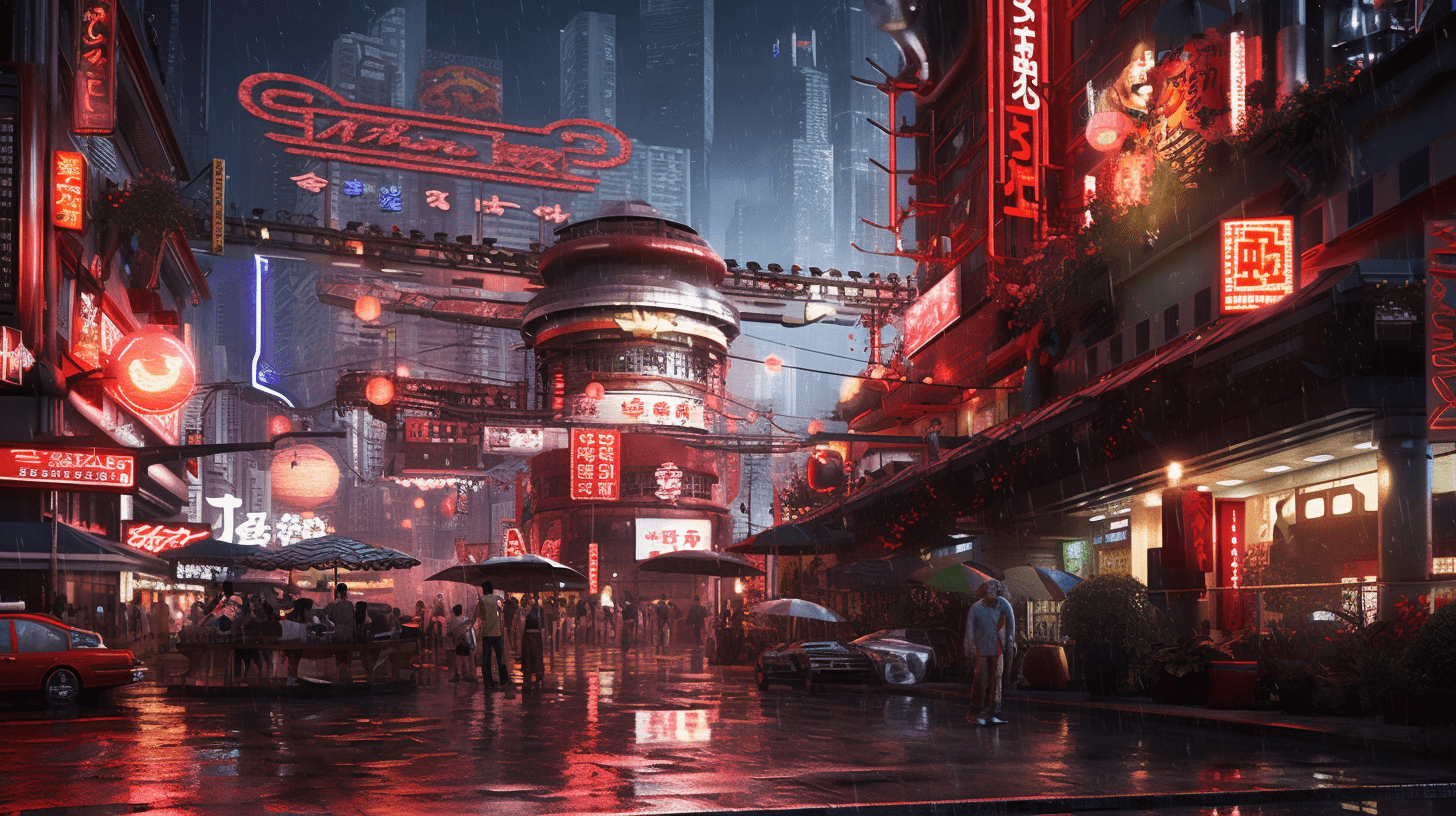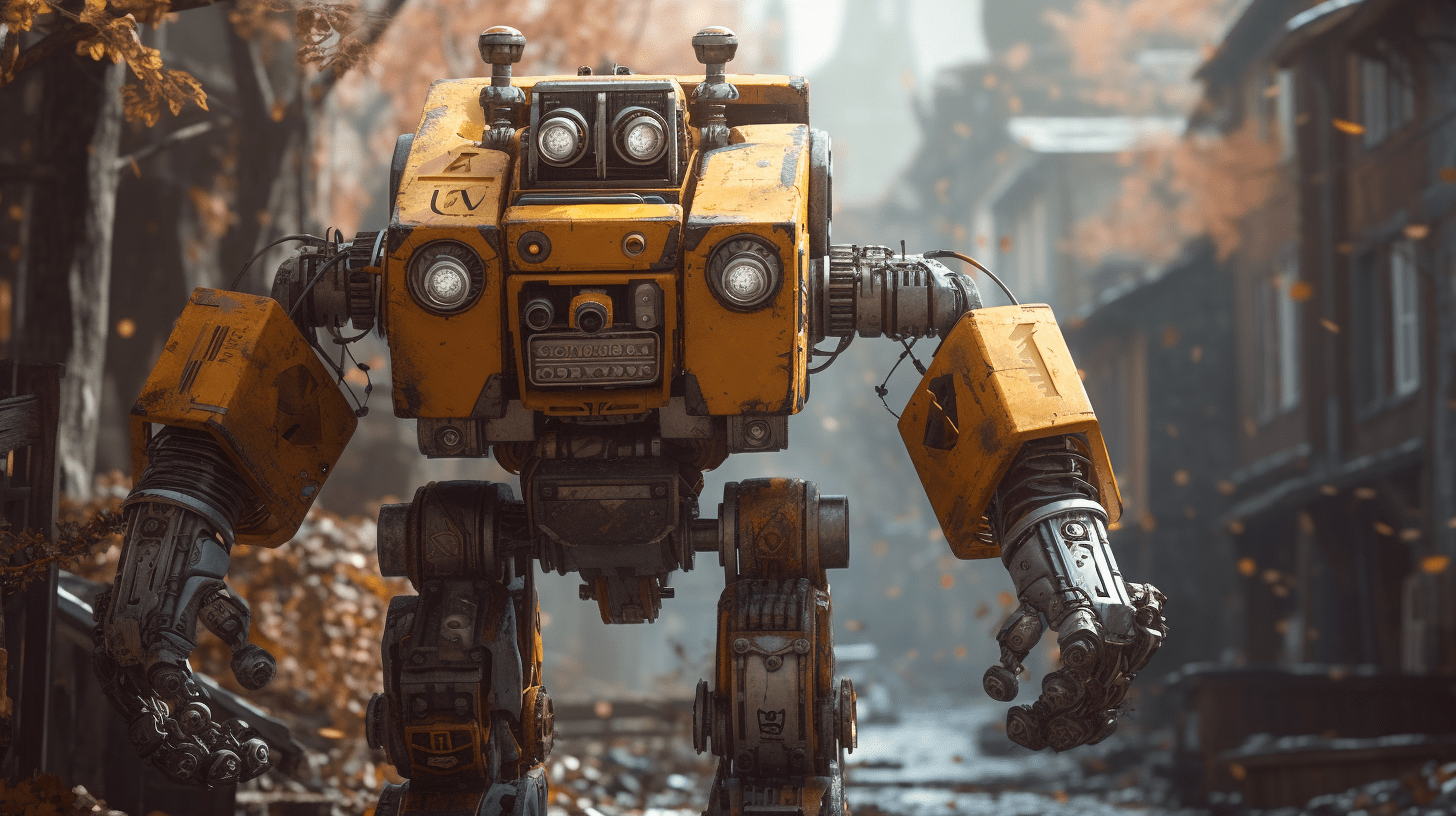Virtual Reality (VR) is a technology that has been around for quite some time, but only recently has it been making significant strides in various industries. The mining industry is one of these industries, and it has a lot to gain from the implementation of VR technology. With this technology, miners can experience realistic simulations of different scenarios, environments, and equipment, which can help improve safety, efficiency, and productivity.
“According to IMSS, the average cost of an industry-related accident is US$10,000. The mining industry has some of the highest accident rates of all sectors. In order to lower those costs, it is crucial to concentrate on security and accident avoidance, according to Luis Valenzuela, Director of the Project Management Office at Abacus IT.
Managers and mine operators may work in a more secure and productive environment thanks to virtual training. The teams can practice their skills before entering the mine thanks to VR training.
Source Link:-
When virtual reality gets cheaper than dating, society is doomed.
SCOTT ADAMS Tweet

Areas of Mining in which VR can help:-
Training
Mining is a hazardous industry that requires workers to be highly skilled and trained. This is where VR technology can make a significant difference.
Using VR technology, miners can practice their skills in a safe and controlled environment, without the risk of injury.
VR training can simulate various scenarios, such as emergency situations, allowing miners to practice their responses and prepare for real-life events.
Training with VR technology can also help miners to understand the complexity of the equipment and procedures involved in mining.
Miners can be trained on how to operate different types of machinery, such as drills, haul trucks, and excavators.
They can also learn how to work with explosives, which is a crucial part of mining. VR training can help miners to become more efficient and productive, leading to increased profitability for mining companies.
Planning
Planning is a critical aspect of the mining industry. Mines are complex environments, and planning is essential to ensure that everything runs smoothly.
VR technology can be used to create a virtual model of the mine, allowing miners to explore and analyze the mine’s layout.
With this technology, miners can identify potential hazards and inefficiencies before they occur, and make informed decisions to improve safety and efficiency.
VR technology can also be used to simulate different scenarios, such as changes in the mining plan or equipment breakdowns.
aThis can help miners to test different mining methods and determine the most efficient and cost-effective approach.
With VR simulations, miners can quickly and easily adjust their plans and make informed decisions.
Safety
Mining is a hazardous industry, and safety is a top priority. VR technology can help to improve safety in a number of ways.
First, miners can use VR to conduct safety inspections of equipment and identify potential hazards before entering the mine. This can help to prevent accidents and ensure that the equipment is working correctly.
Second, VR technology can be used to train miners on the proper use of safety equipment and procedures. Miners can practice using safety equipment, such as gas masks, hard hats, and harnesses, in a simulated environment.
This can help them to become more familiar with the equipment and procedures, reducing the risk of accidents and injuries.
Third, VR technology can be used to simulate emergency situations, allowing miners to practice their responses and improve their preparedness. This can help to reduce the risk of injuries and fatalities in the event of an emergency.
- Four-time faster in VR training than in conventional classroom training
- 275% more certain because of the abilities learned through VR training
- 3.75 times more involved emotionally with the subject taught by VR.This is because emotional connection generally improves understanding in people.
- 4 times more concentrated than e-learning
What is virtual reality, but the Spotify of human experience?
BEN KUCHERA Tweet

Conclusion
Virtual Reality technology has the potential to revolutionize the mining industry.
It can be used for training, planning, and safety, and can help to improve efficiency, productivity, and profitability.
By providing a safe and immersive environment for training and planning, miners can become better equipped to handle the challenges of their job.
By improving safety, VR technology can help to prevent accidents and injuries, reducing the risk of fatalities in the mining industry.
As the technology continues to advance, we can expect to see more widespread adoption in the mining industry, leading to improved safety and profitability for mining companies.






